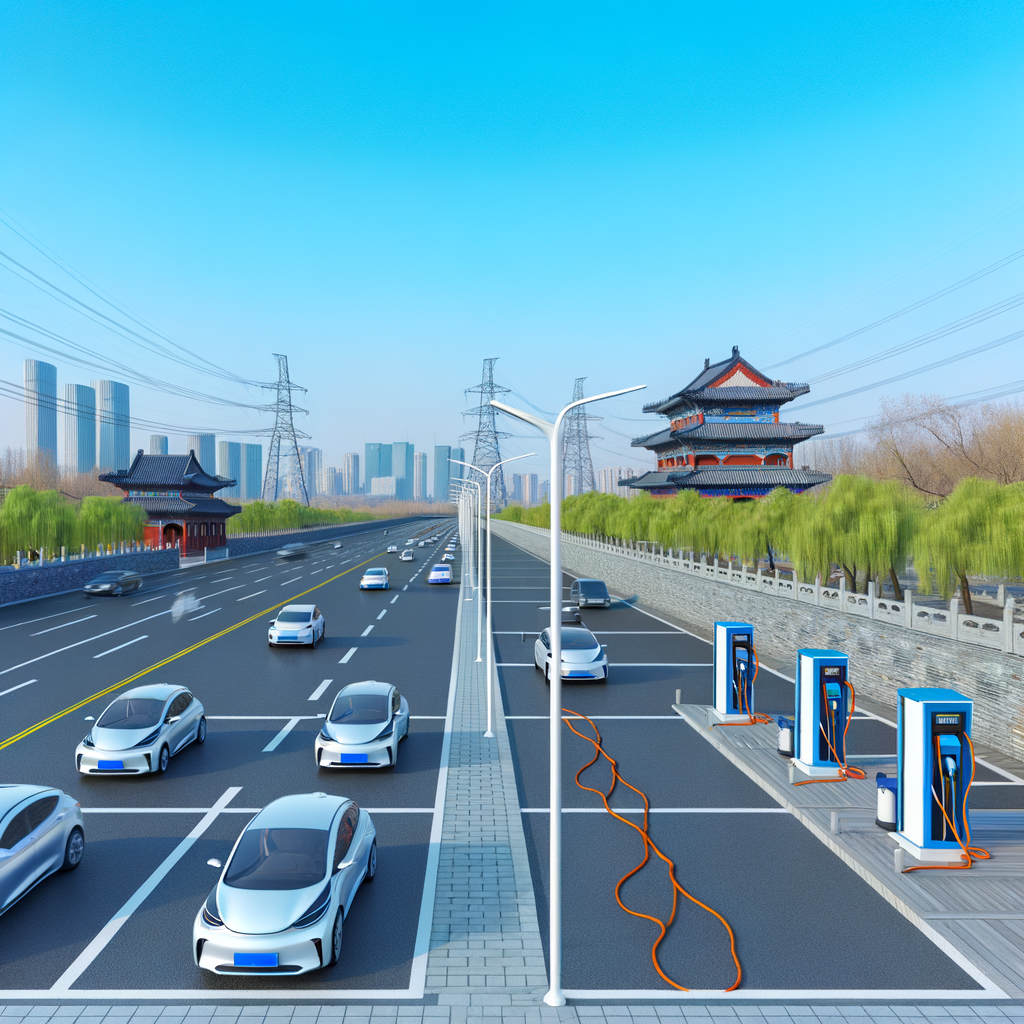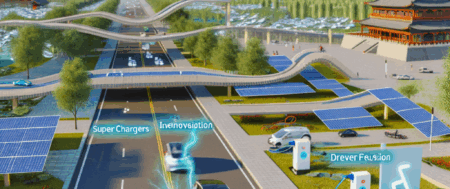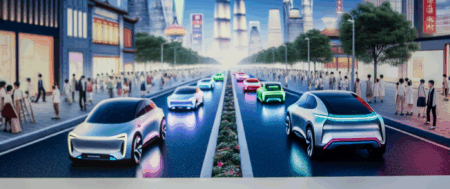China stands as the top Largest Automotive Market globally, fueled by its growing economy, urbanization, and an increasing middle class’s demand for mobility. Leading in the adoption of Electric Vehicles (EVs) and New Energy Vehicles (NEVs) due to government incentives, environmental concerns, and a drive to cut carbon emissions, China attracts both domestic car brands and foreign automakers. The latter often enter the market through Joint Ventures and strategic partnerships to navigate the complex Regulatory Landscape and align with Consumer Preferences and local expertise. This environment fosters technological advancements and intense market competition, promoting innovation. Success in this vibrant market hinges on understanding the regulatory nuances, consumer preferences, and the crucial role of strategic partnerships, making China a hub of opportunity in sustainable mobility.
In an era where the pulse of the global economy beats with technological innovation and environmental mindfulness, the China automotive market stands as a colossus, powering ahead as the largest automotive market in the world. This dynamic market, fueled by a rapidly growing economy, burgeoning middle class, and swift urbanization, is a battleground of ambition and strategy where domestic car brands and foreign automakers alike vie for dominance. With an insatiable appetite for Electric Vehicles (EVs) and New Energy Vehicles (NEVs), spurred by significant government incentives and mounting environmental concerns, China is not just participating in the global shift towards sustainable transportation—it’s leading it.
Navigating this top terrain requires a deep understanding of its complex regulatory landscape, a landscape where joint ventures serve as the keys to unlocking the vast consumer base. These strategic partnerships, formed between foreign giants and local stalwarts, are testament to the market’s competitive nature and the innovative approaches companies must adopt to thrive. The article that follows delves into how the largest automotive market in the world continues to evolve, driven by consumer preferences, technological advancements, and an ever-changing tapestry of government policies. From the bustling streets of Beijing to the sprawling manufacturing hubs in Shanghai, we explore the forces propelling China’s automotive market to new heights, illuminating the path forward for EVs, NEVs, and the future of mobility in a land of unparalleled opportunity and challenge.
1. “Navigating the World’s Top Terrain: How the Largest Automotive Market Powers Ahead with EVs, NEVs, and Strategic Alliances”

In the heart of the global automotive industry’s evolution lies the world’s top terrain for growth and innovation: China. Holding the title of the largest automotive market, China’s trajectory in the sector is unparalleled, thanks to its rapidly growing economy, expanding urbanization, and a burgeoning middle class with a voracious appetite for mobility. This dynamic market is not just about sheer volume; it’s a hotbed for the latest in electric vehicles (EVs), new energy vehicles (NEVs), and the strategic alliances that make them accessible to a vast consumer base.
Driving the shift towards a greener future are EVs and NEVs, which have become the cornerstone of China’s automotive strategy. Government incentives, paired with mounting environmental concerns, have propelled consumer preferences towards these sustainable options. The Chinese government’s commitment to reducing carbon emissions and polluting gases has led to the implementation of favorable policies and subsidies that encourage both manufacturers and buyers to lean towards EVs and NEVs. This push aligns with global technological advancements and a growing environmental consciousness among consumers, making electric and new energy vehicles the symbols of modern mobility in China.
Foreign automakers, recognizing the lucrative opportunities within the largest automotive market, have eagerly entered the fray. However, the complex regulatory landscape of China necessitates strategic partnerships, often in the form of joint ventures with domestic car brands. These alliances are not merely operational necessities; they are strategic moves to navigate the regulatory nuances, tap into local market expertise, and align with consumer preferences that favor domestic brands. Joint ventures have thus become a hallmark of foreign automaker strategy in China, allowing them to access the vast consumer base while complying with local regulations.
The competition in the Chinese automotive market is fierce, driven by a blend of domestic champions and international giants. This market competition fosters innovation, leading to rapid technological advancements in automotive design, safety, and sustainability. The strategic partnerships formed between domestic and foreign players have become a conduit for sharing technological innovations, manufacturing processes, and market strategies, ensuring that the Chinese automotive market remains at the forefront of the global industry.
Understanding and succeeding in the Chinese automotive market requires a deep dive into the local regulatory landscape, an acute awareness of consumer preferences, and a willingness to engage in strategic partnerships. For foreign automakers and domestic car brands alike, the path to success is paved with challenges, but the rewards of conquering the largest automotive market are unparalleled. As China continues to power ahead with EVs, NEVs, and strategic alliances, its automotive market stands as a beacon of growth, innovation, and opportunity in the global automotive industry.
In conclusion, the journey through the world’s top and largest automotive market unveils a landscape of relentless growth, innovation, and strategic maneuvering. China’s position as a global leader in the automotive sector is underpinned by its rapidly growing economy, expanding urbanization, and an ever-evolving middle class with a robust appetite for both domestic car brands and foreign automakers. The surge in demand for electric vehicles (EVs) and new energy vehicles (NEVs), fueled by environmental concerns and generous government incentives, is reshaping the market dynamics, making it an epicenter for technological advancements in the automotive industry.
Foreign automakers looking to tap into this lucrative market find it essential to navigate the complex regulatory landscape through joint ventures with local Chinese companies—a strategy that not only facilitates market entry but also fosters strategic partnerships crucial for long-term success. These alliances, coupled with a deep understanding of consumer preferences and market competition, are key to unlocking the vast potential of the Chinese automotive market.
The shift towards EVs and NEVs, driven by both policy and preference, signifies China’s commitment to combating environmental challenges while setting new benchmarks in automotive innovation. This transition, along with the continued importance of technological advancements, places the market at the forefront of the global automotive industry’s future.
As we look ahead, the Chinese automotive market’s trajectory remains promising, with its blend of government incentives, market competition, and strategic partnerships paving the way for sustained growth. Understanding and adapting to this dynamic market will be crucial for stakeholders aiming to make their mark in the automotive world. The road ahead is both challenging and exciting, with the largest automotive market continuing to evolve, powered by its drive for innovation and a greener future.






